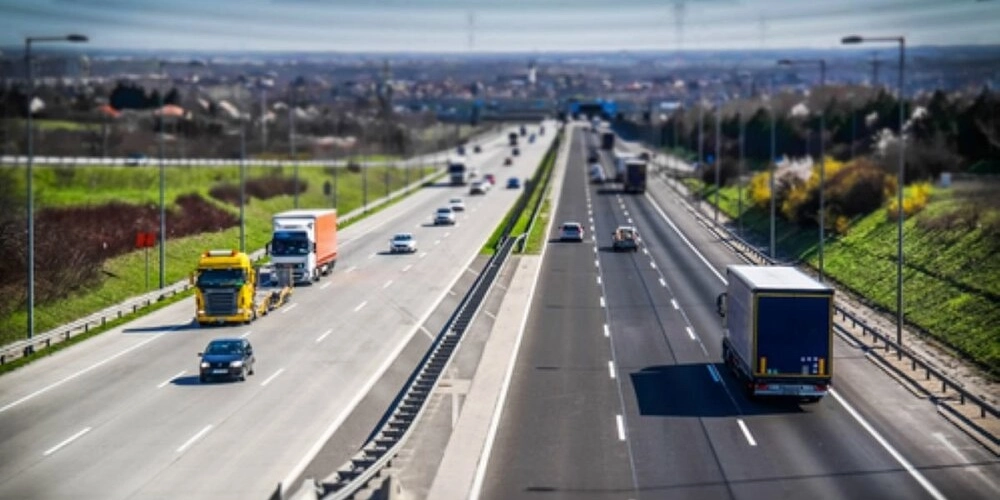The Alternative Fuels Infrastructure Regulation (AFIR) was published on September 13, 2023, and came into force 20 days later, on October 12.
As of last Saturday, April 13, compliance with this regulation is mandatory and directly applicable in each European Union (EU) member state.
According to the sector, this constitutes one of the main regulatory achievements of 2024, thus facilitating the transition towards a road transport system free of greenhouse gas emissions.
The Spanish Bus Transport Confederation (CONFEBUS) has indicated to Mobility Portal España that this issue is of utmost importance.
In this regard, they argue that the charging infrastructure network is one of the three basic conditions for the ecological transition of road transport, along with the availability of clean vehicles and alternative fuels.

“Charging points are currently a pending issue for the deployment of sustainable fleets, as there is a shortage of them,” says Jaime Rodriguez Medal, Director of CONFEBUS.
Currently, the national territory has 30,350 installed chargers, of which 1,923 have a power ranging from 50 kilowatts (kW) to 250 kW, and 587 exceed 250 kW.
According to the Business Association for the Development and Promotion of Electric Mobility (AEDIVE), public high-power infrastructure (+250 kW) grew by 90 per cent in 2023 and fast charging (50 to 250 kW) by 95per cent.
As revealed in the 2023-2024 Yearbook compiled by the organization, this option is currently preferred by electric vehicle (EV) users.
Following the entry into force of the AFIR, all newly constructed charging points in EU countries must comply with the Regulation’s requirements, while existing infrastructure will not be affected.

However, as of January 1, 2027, the modernization of older charging points with a capacity of 50 kW or higher will also be required.
The former Minister of Transport, Mobility and Urban Agenda (now Transport and Sustainable Mobility), Raquel Sánchez, described this law as “a milestone of our ‘Fit for 55’ policy”.
This is because it envisages an expansion of public charging capacity both in urban roads and along highways throughout Europe.

“We are optimistic and believe that in the near future citizens will be able to charge their electric cars every 60 kilometers as easily as they now do at traditional petrol stations,” she said.
On his part, the General Director of the National Association of Vehicle Sellers (Ganvam), Fernando Miguélez, believes that this agreement responds to the sector’s needs and “provides certainty”.
What is Spain’s roadmap to comply with the AFIR?
By 2027, it will be required that the territory double the number of public charging stations, and by 2030, it should have a number of chargers ten times greater than the current.
This measure is crucial, especially for heavy transport, which represents 29 per cent of road transport emissions in Spain.
For logistics companies to transition to electric mobility, they not only need incentives but also a charging network that guarantees the possibility of carrying out their routes safely and smoothly.

Recently, Javier Avello, Strategic Project Manager at Lodisna, told Mobility Portal Espala that the company is eagerly awaiting the AFIR “like May rain”.
The regulation aims not only to ensure infrastructure availability but also to promote transparency in prices and offer ad hoc payment options.
Specifically, according to AEDIVE data, Spain aims to electrify 1 per cent of the most frequented truck stop locations by 2025.
This would equate to approximately 80 stations and around 736 charging points.
Of these, it is expected that 16 will be Megawatt Charging stations (MCS) and 720 will be DC charging with the CCS standard.
By 2027, estimates indicate an increase to 5 per cent, which would require around 120 stations and approximately 1,360 charging points, distributed as 60 MCS and 1,300 CCS.
Finally, by 2030, the goal is to electrify 10 per cent of the most frequented stop locations, which would require the installation of around 365 stations and approximately 7,000 charging points.
Of these, it is anticipated that around 700 will be MCS and 6,300 will be CCS.
The installation of chargers to comply with the regulation will add up to accumulated investments of around 1.4 billion euros.
Of this total, approximately 50 per cent will be for reinforcement and extension of the network, and another 50 per cent for the installation of charging infrastructures.
It is worth noting that recently the European Commission has allocated more than 72 million euros to Spain as part of the second phase of the Alternative Fuels Infrastructure Fund (AFIF 2024-2025).
This particularly supports the objectives set out in the new regulation for the deployment of alternative fuels infrastructures.
This funding will contribute to projects for the implementation of electric charging points, as well as hydrogen refueling stations.








